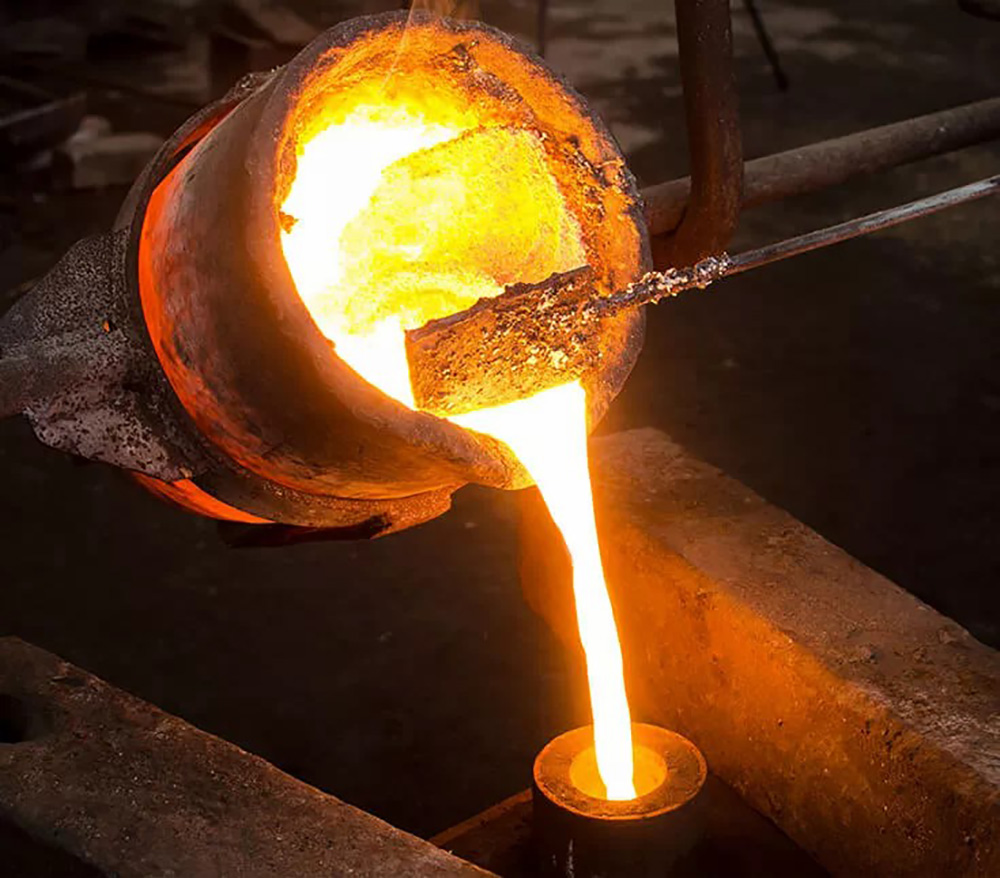Application and development of amorphous refractories in the metallurgical industry
With the rapid development of smelting technology and the steel industry, the technology of metallurgical refractory materials has also achieved a new revolution. Amorphous refractory materials have gradually become an important material in the metallurgical industry because they are easy to mechanize and automate production and can prolong their service life through repair. In developed industrial countries overseas, their utilization rate is as high as more than 50%. This article will explore the application and development of amorphous refractories in the metallurgical industry.
Definition and characteristics of amorphous refractories
Amorphous refractory materials, also known as bulk refractories, are made of aggregates, fine powders, binders and admixtures in a certain proportion. They can be used directly without firing. Its main features include:
Simple manufacturing process: raw materials are easy to obtain and low cost.
Strong plasticity: high refractoriness and chemical stability, can be prefabricated into blocks, and convenient for mechanized construction.
Easy to use: can be used directly or after mixing.
Disadvantages: long time at low temperature, low strength at medium temperature, easy to peel off after long-term use at high temperature, and high requirements for baking technology.
Application advantages of unshaped refractory materials
Unshaped refractory materials have unique advantages in the metallurgical industry, which are mainly reflected in the following aspects:
High refractoriness: The refractoriness is generally above 1500℃, which meets the use requirements of high-temperature kilns.
Low energy consumption: The firing process is omitted, and the energy consumption is 15-20 times lower than that of traditional refractory bricks.
High efficiency: The process is simplified and the production efficiency is increased by 3-5 times.
Good integrity: The internal structure is tight, the service life is long, and the sealing performance is good.

Specific application
1. Application on blast furnace
Traditional blast furnaces use refractory brick linings, and modern blast furnaces mostly use resin-bonded aluminum carbon unburned bricks. The water-cooled wall of large blast furnaces uses SiC castables, and the furnace bottom pad and surrounding brick joints are filled with silicon nitride materials. Al₂O₃-SiC-C and mullite SiC-C materials are commonly used unshaped refractory materials on blast furnace tapping channels.
2. Application on ladle
Ladle refractory materials are gradually replaced by amorphous refractory materials due to the increase of tapping temperature and the extension of molten steel retention time. Al₂O₃-spinel castables are widely used in the side walls of ladle and have good corrosion resistance. Al₂O₃-MgO castables and aluminum-magnesium-carbon refractory castables developed in Japan further improve the service life of ladle.
3. Application on heating furnace
The heating furnace is used for high-temperature heating of steel billets. Castables or plastics can be used for the furnace top and lining. The lining of large walking beam heating furnaces uses plastic refractory materials, and the service life can reach 12-15 years. Clay structure castables are suitable for walking beam heating furnaces in high-speed wire workshops, and have good fluidity and construction performance.
Development trend
The proportion of amorphous refractory materials in the entire refractory material has become an important indicator of the technical development level of a country's refractory industry. Future development directions include:
Material development: from acidic and neutral oxides to alkaline oxides and composite materials, and the development of high-performance and multifunctional refractory materials.
Combination development: from water and combination to anhydrous and high-density, and improve the overall performance of the material.
Conclusion
Although amorphous refractory materials have shortcomings, they have significant advantages and are an important support for the high-quality development of the modern metallurgical industry. With the continuous advancement of technology, new amorphous refractory materials will promote the deepening development of the entire metallurgical industry.
Inquiry Now
Please leave your e-mail and we will contact you as soon as possible
contact us
Your satisfaction is our top priority. Whether you have questions, need support, or want to share feedback, our dedicated team is ready to assist you every step of the way.